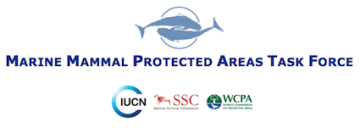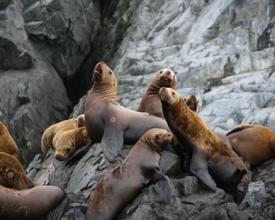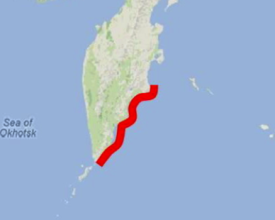
Getting SE Kamchatka as an EBSA and candidate IMMA from marine mammal data
In 1999, the Far East Russia Orca Project (FEROP) took on a leading role in long-term whale research in Russia with researchers gathering data in Kamchatka (1999-2016+) and the Commander Islands (2007-2016+). Teams of 10-20 Russian researchers have pursued a wide variety of studies on killer whales, humpback whales, Baird’s beaked whales and North Pacific right whales, including photo-ID, transect and sighting surveys, acoustic surveys, leading to greater protection efforts.
Context
Challenges addressed
Location
Process
Summary of the process
Building Blocks
Setting up a long-term research project
Enabling factors
Lesson learned
Presenting at international meetings
Enabling factors
Lesson learned
Resources
Presenting work in Petropavlovsk to local people & groups
Enabling factors
Lesson learned
Resources
Gaining an invitation to the CBD EBSA meeting in Moscow
Enabling factors
Lesson learned
Impacts
1) local people were made aware of whales and the issues about their protection, 2) international scientific recognition as an ecologically or biologically significant area (EBSA) under CBD was approved by Moscow and will help safeguard the whales against exploitation.







